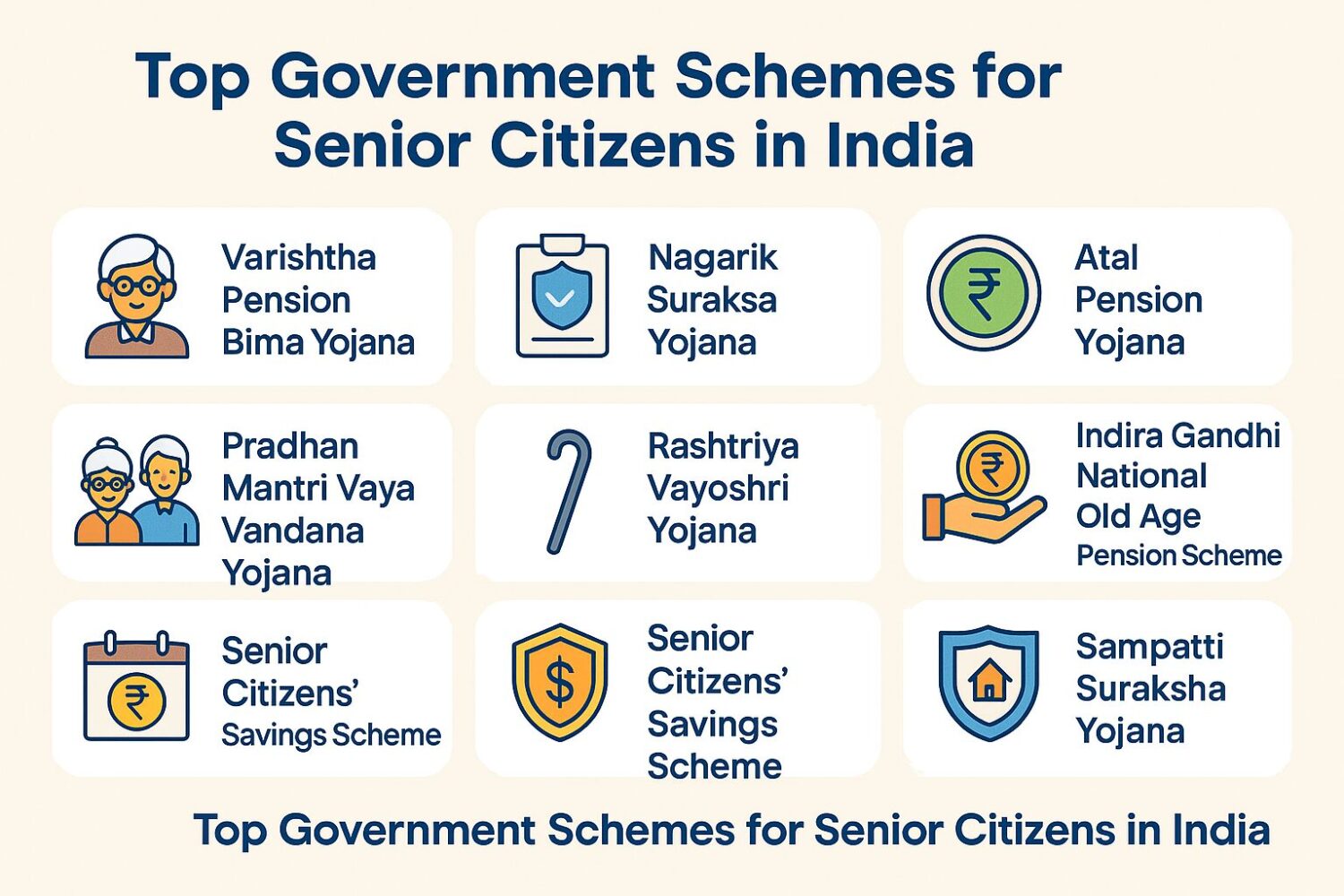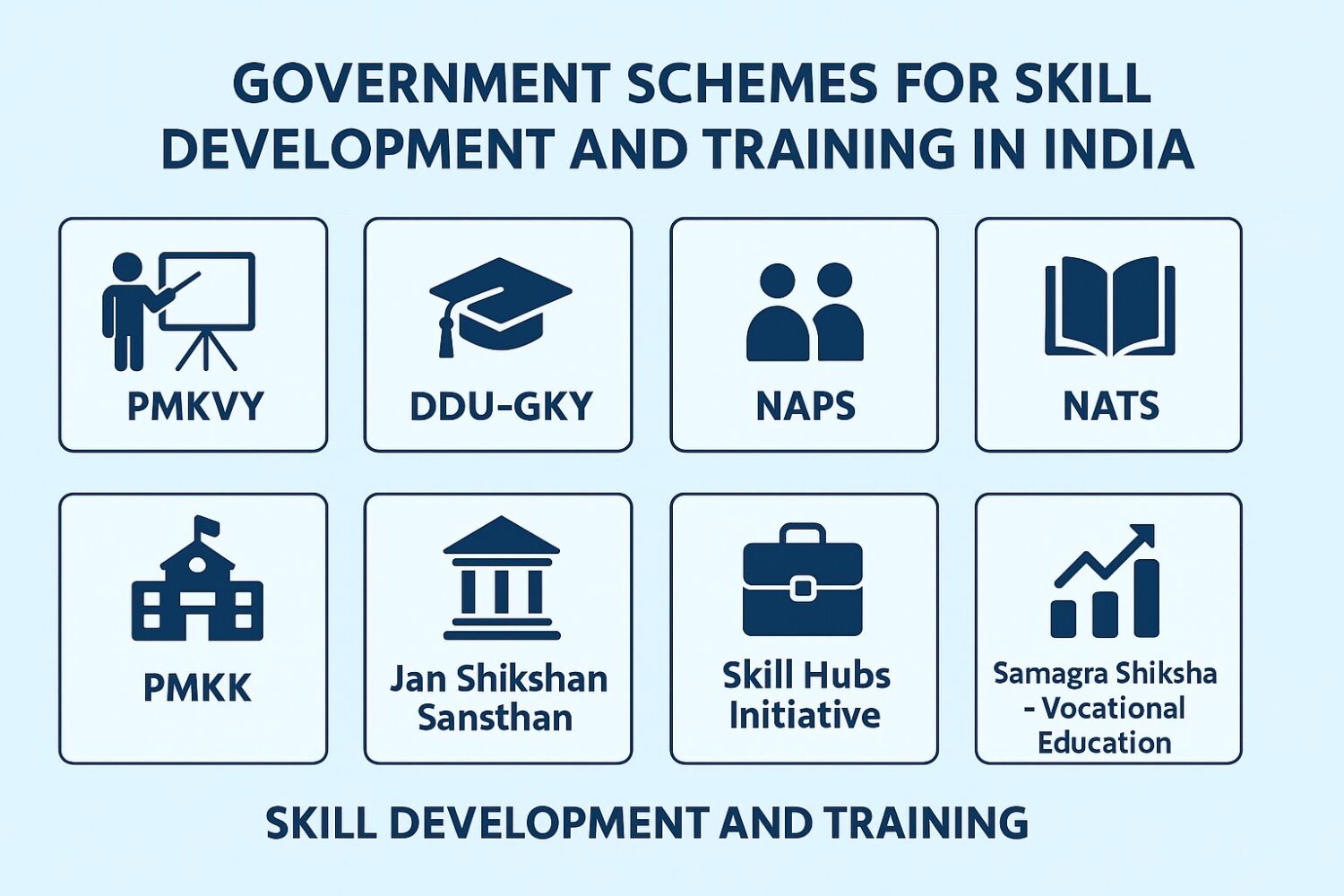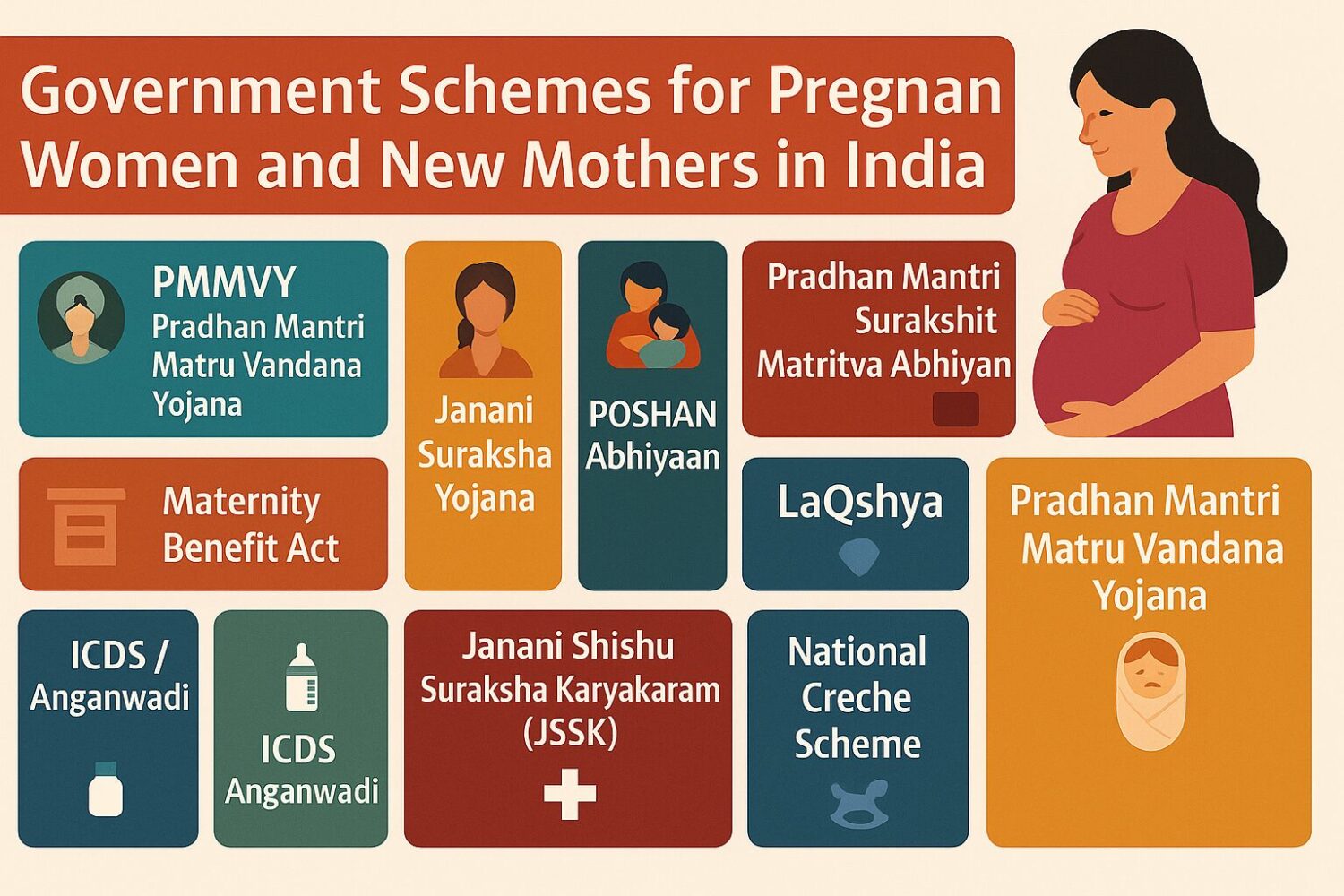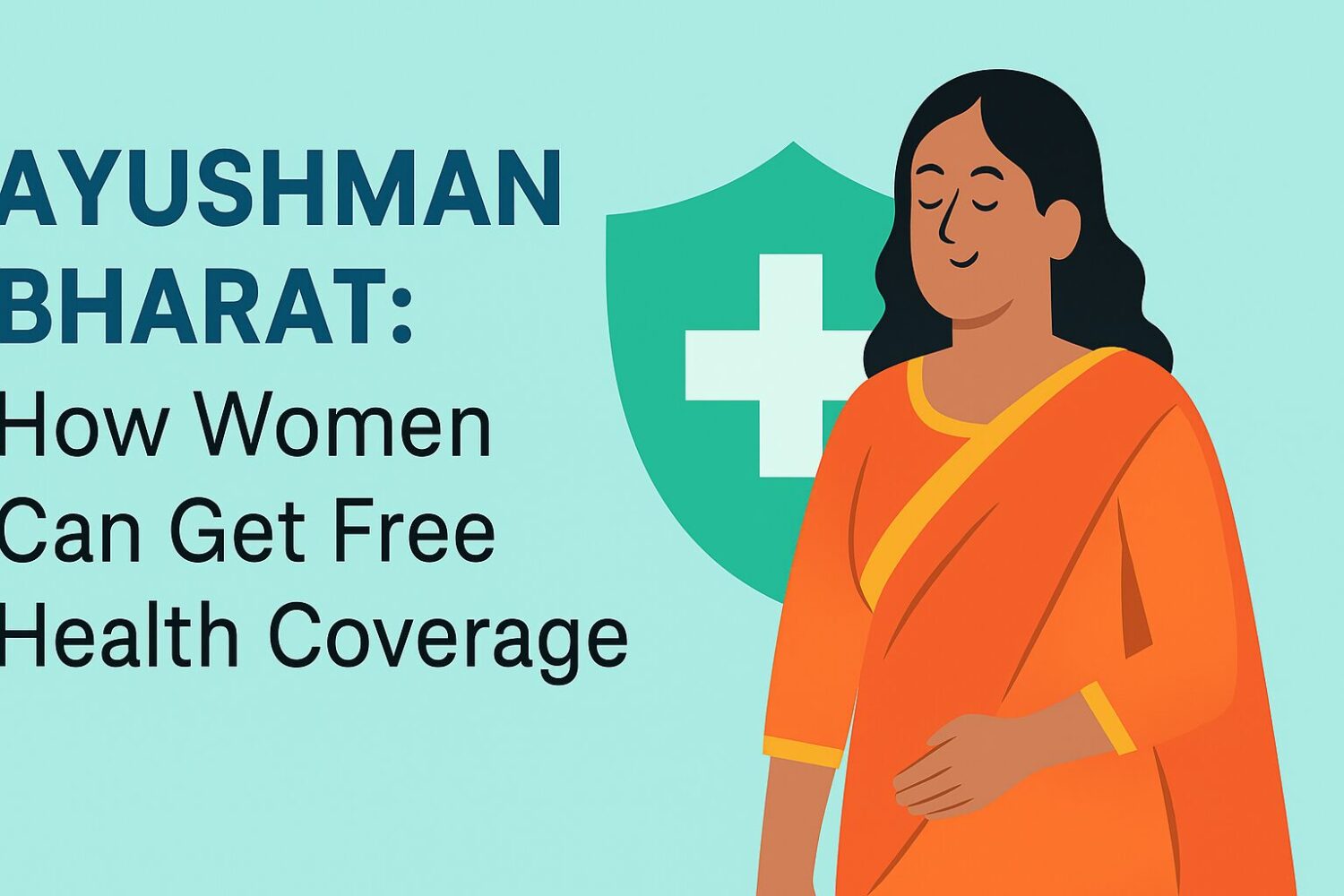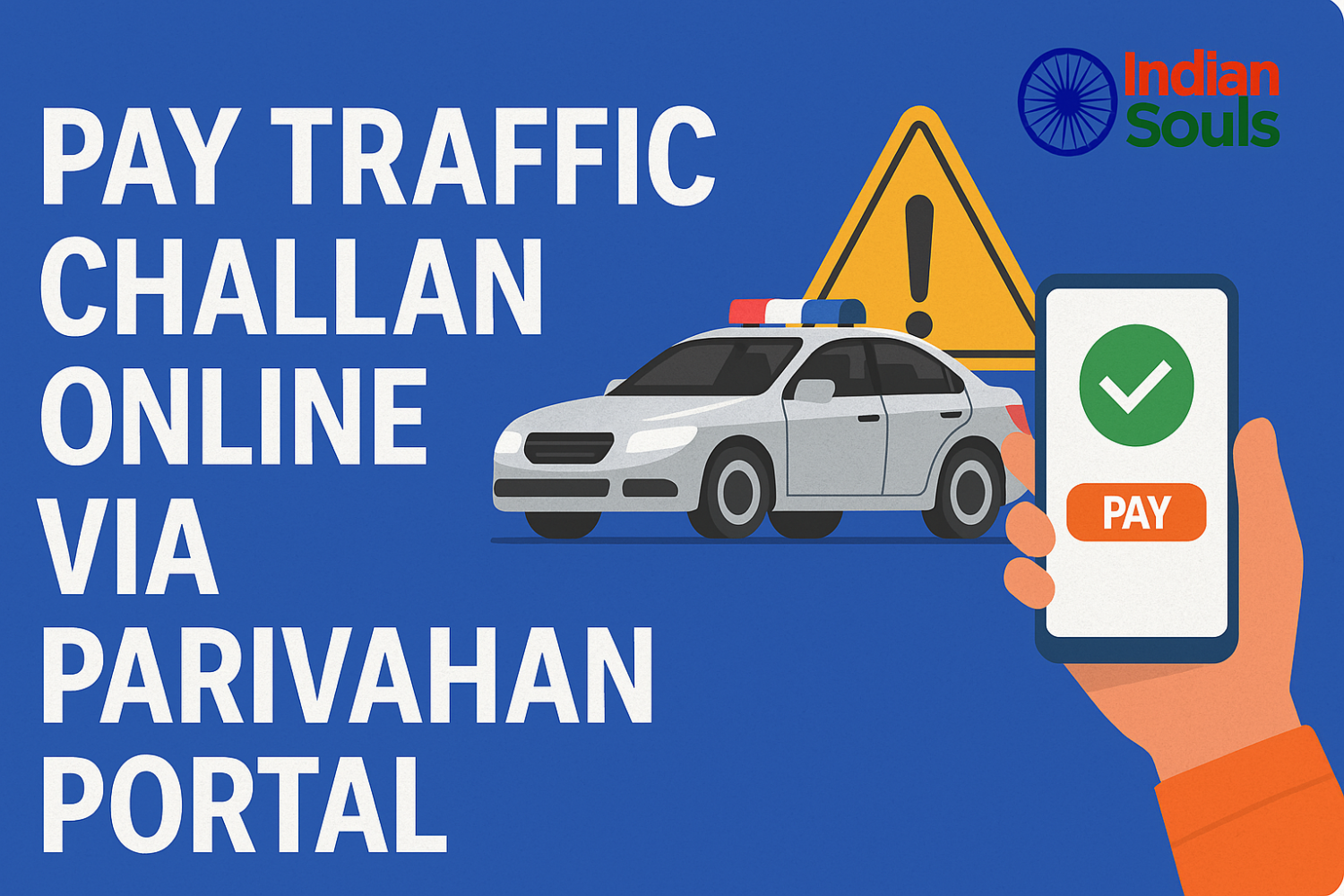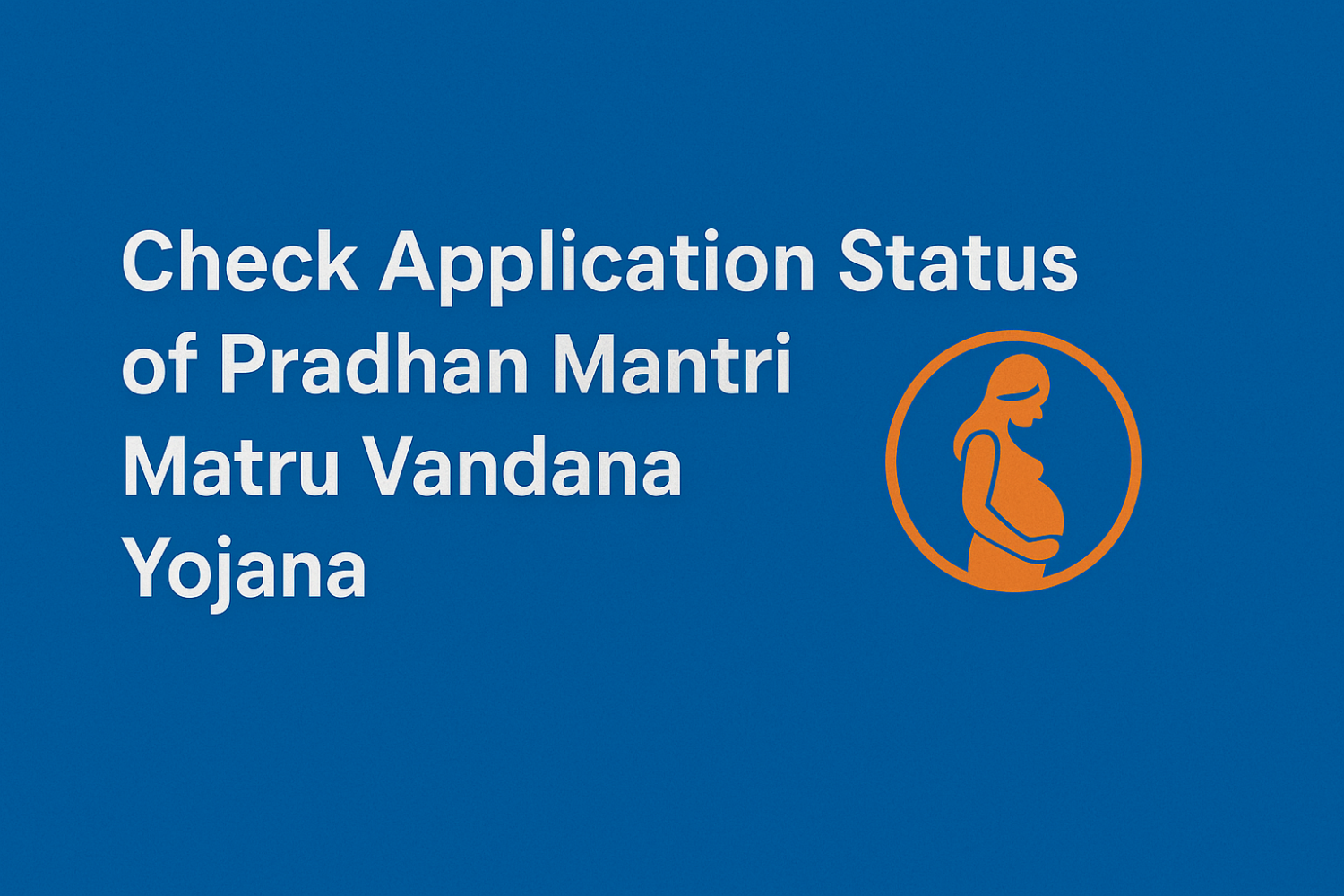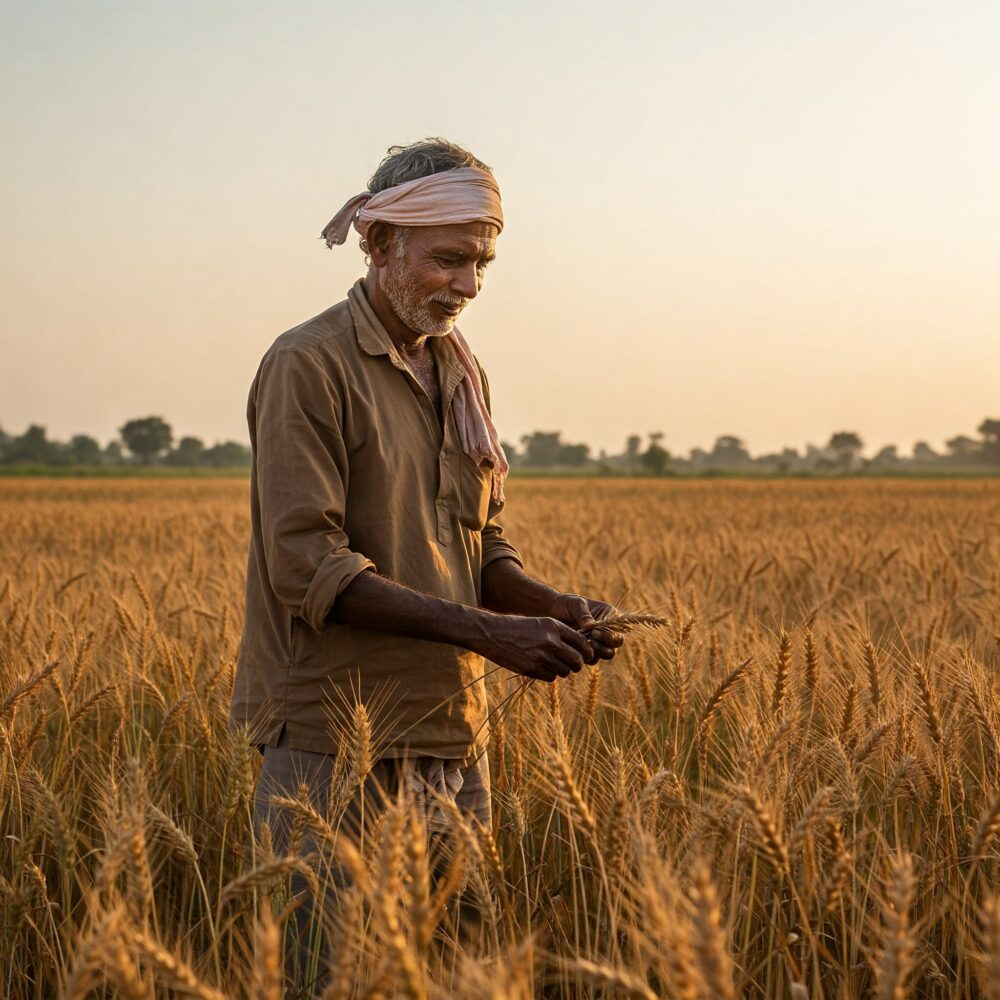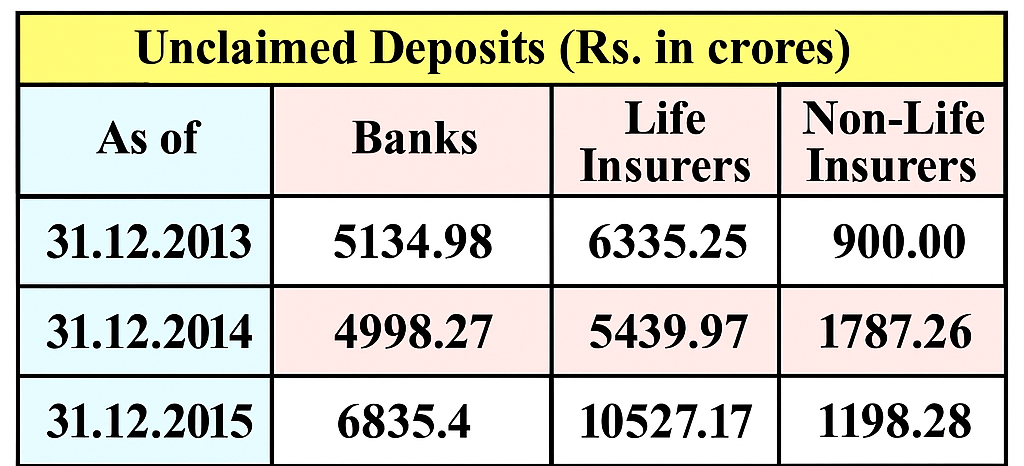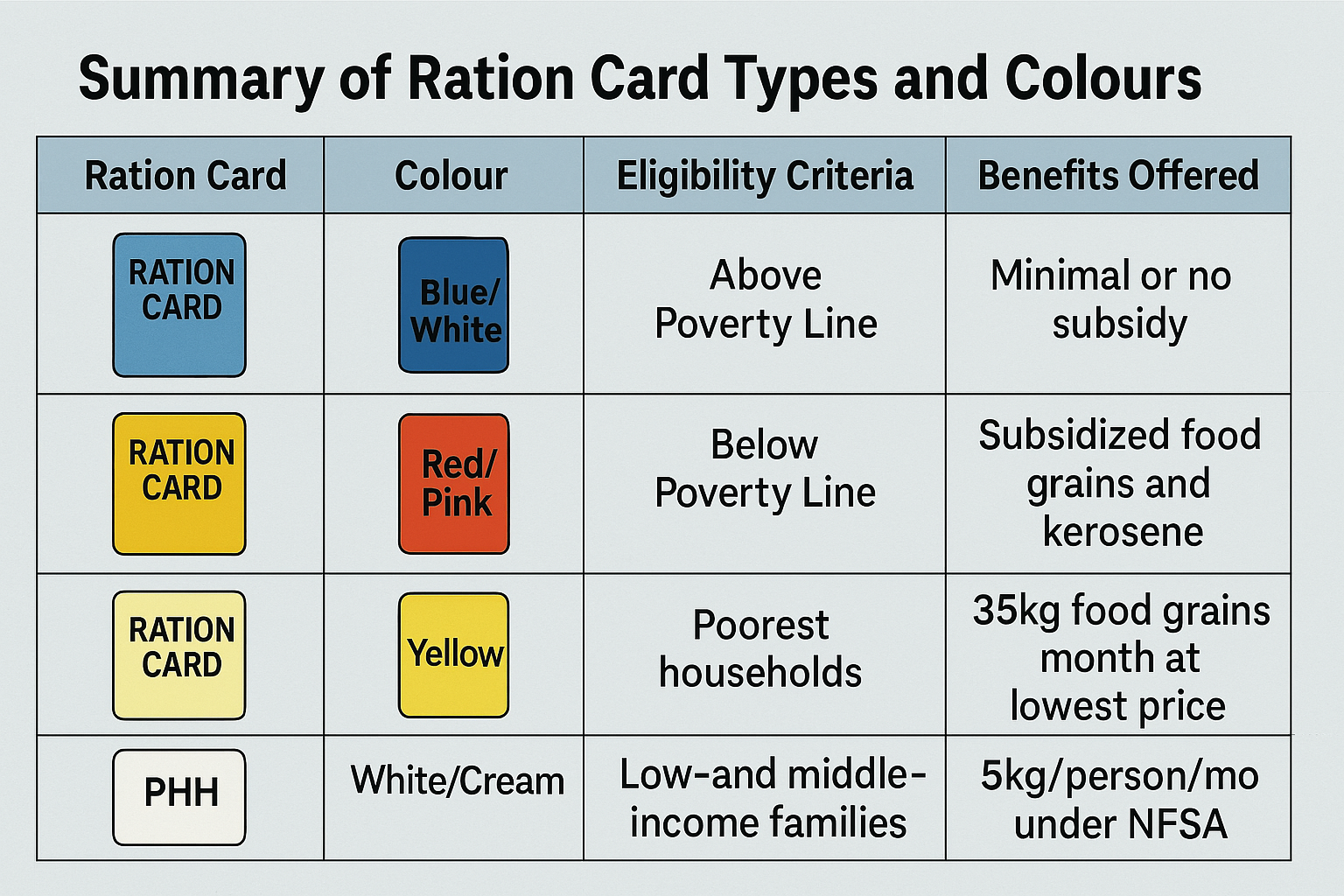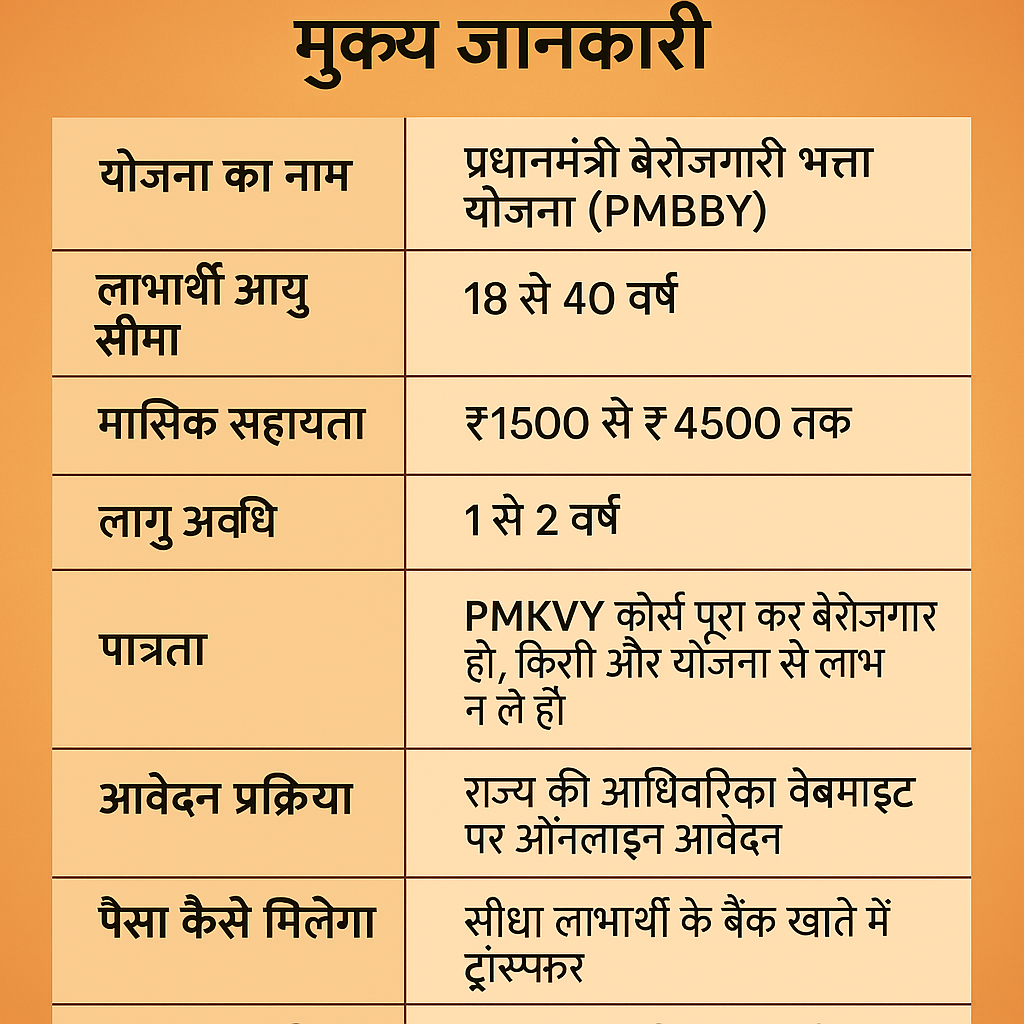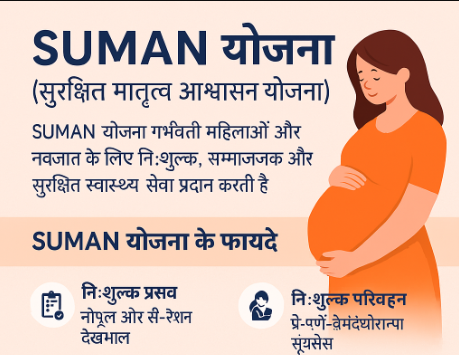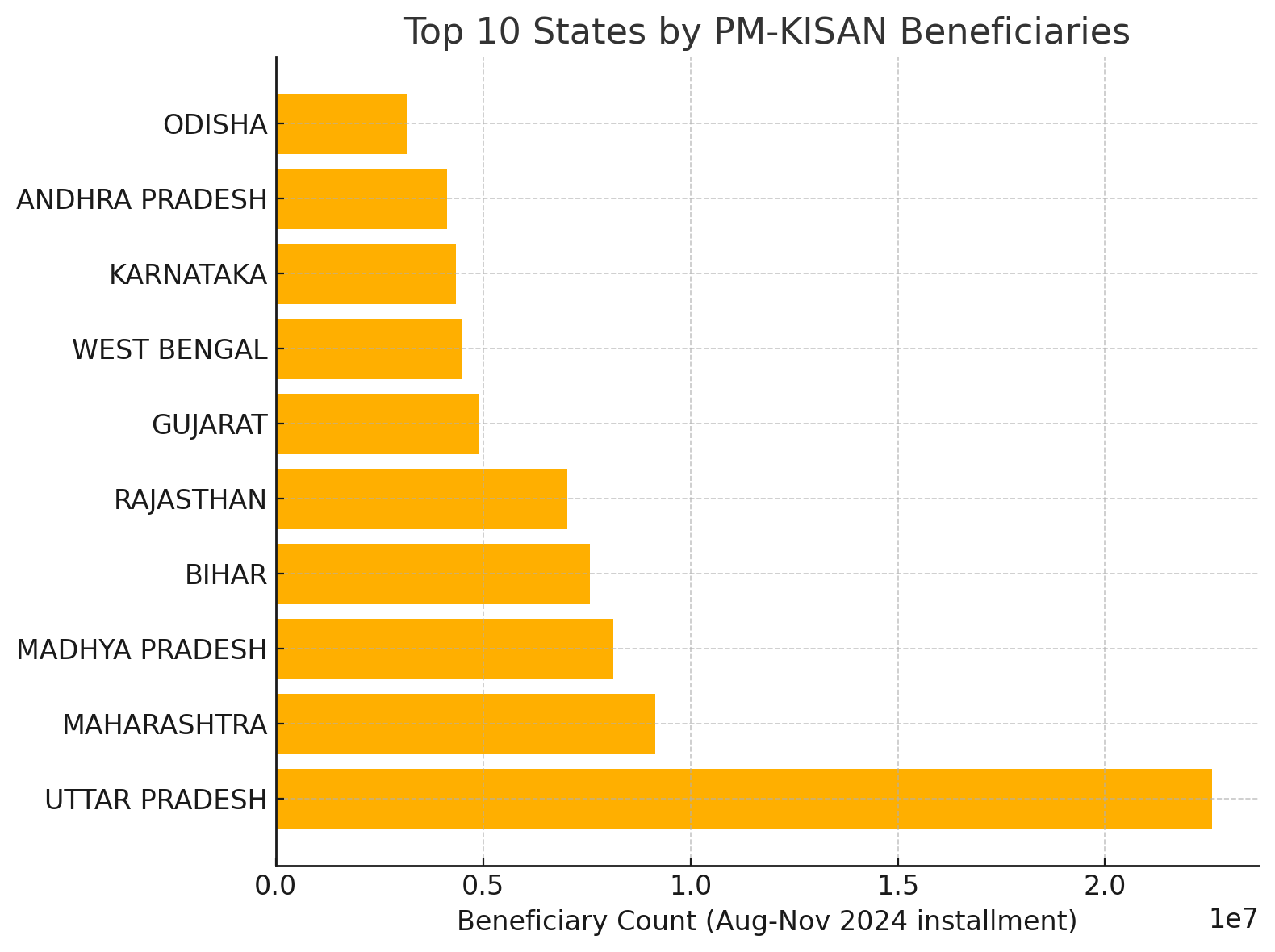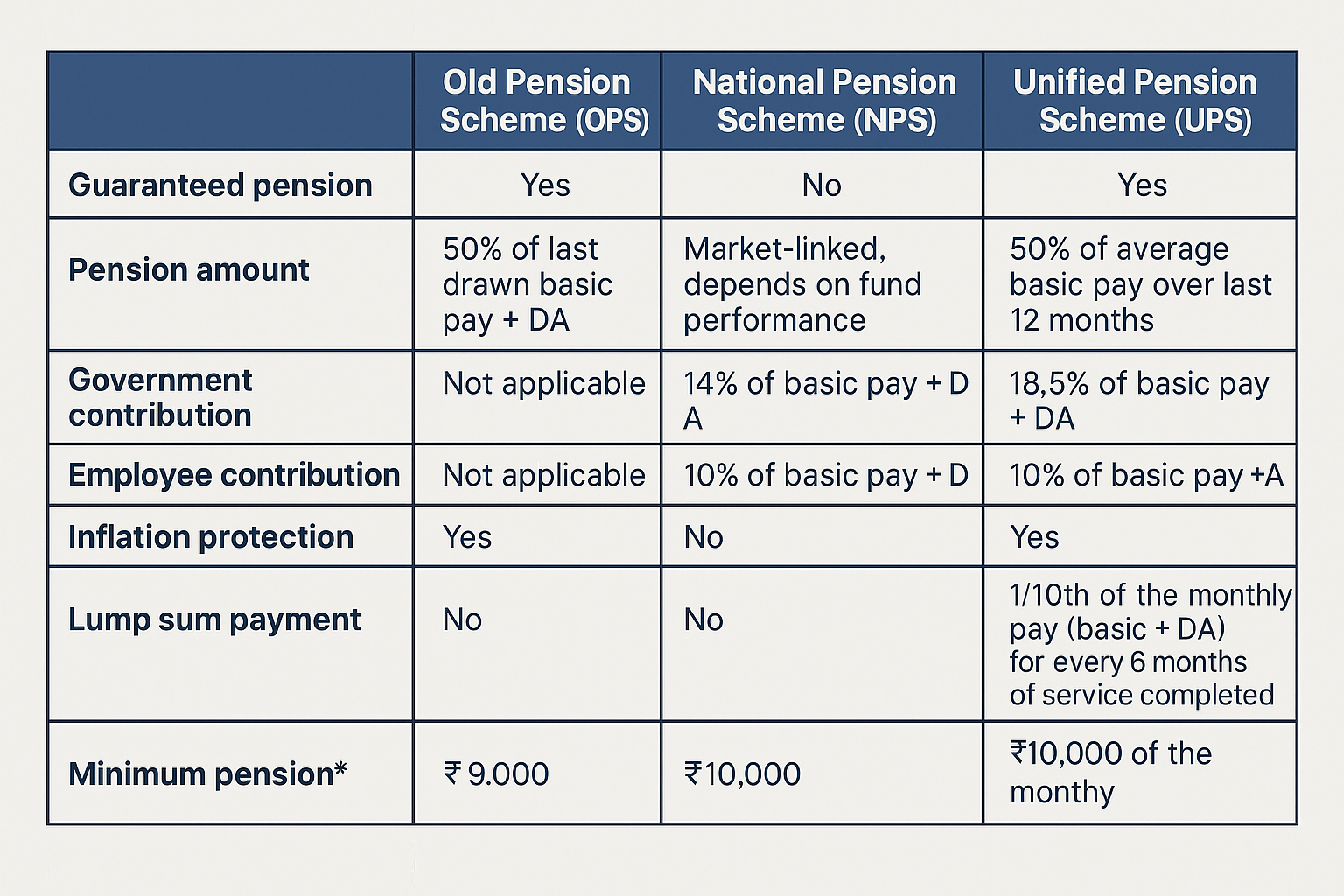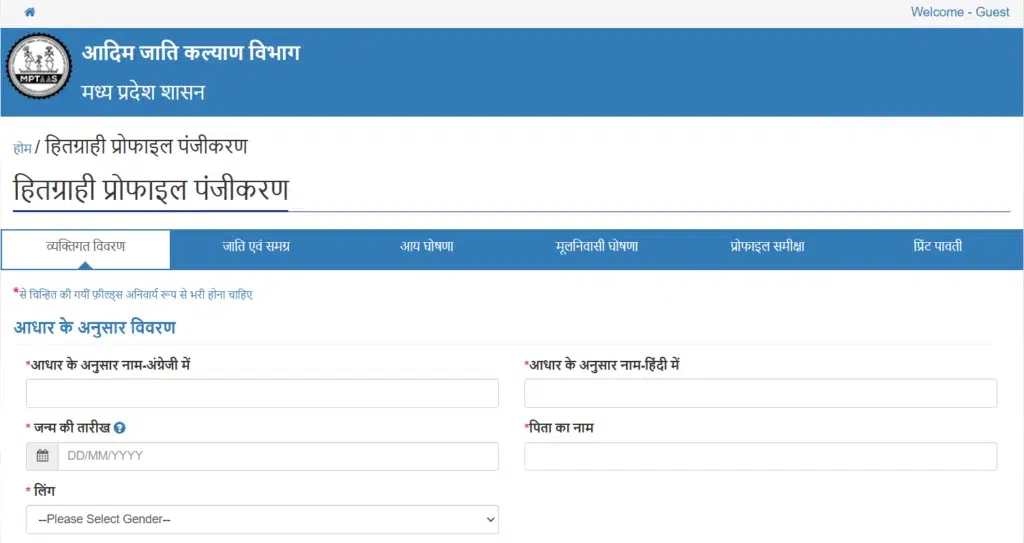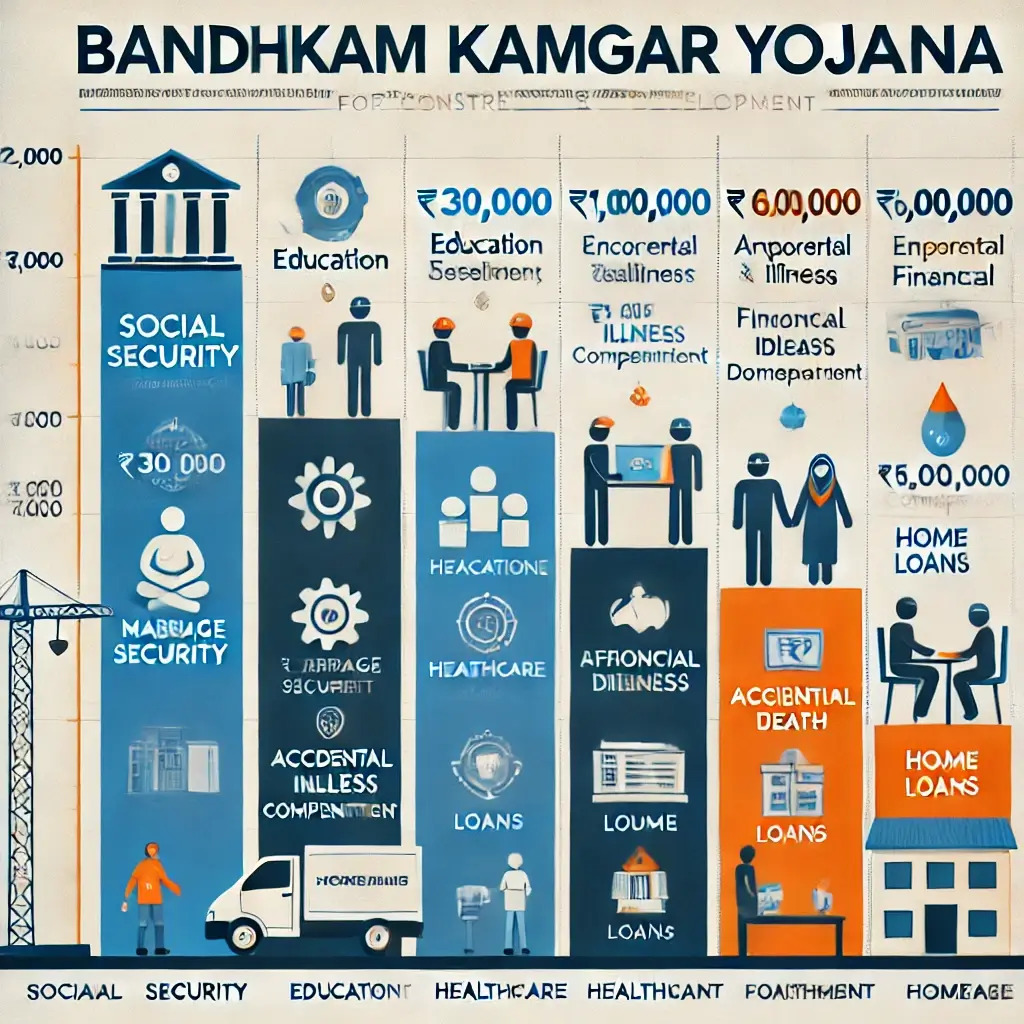
This content was recently updated by Sudhir Singh on March 6, 2025 to improve accuracy.
India is a land of grand celebrations, where religious festivals attract millions of devotees from all over the world. Events like Kumbh Mela, Navratri, and Ganesh Chaturthi see massive gatherings, making security management a challenging task. Over the years, authorities have turned to advanced CCTV camera surveillance systems to ensure the safety of attendees, prevent incidents, and maintain law and order.
The Need for Enhanced Security Measures
Religious festivals in India witness dense crowds, which pose significant risks such as stampedes, theft, and terrorist threats. Past incidents, such as the 2025 Kumbh Mela stampede that led to multiple casualties, highlight the importance of strong security measures. To tackle such risks, security agencies are deploying high-tech CCTV cameras that provide 24/7 monitoring, real-time analytics, and crowd control assistance.
How CCTV Cameras Are Revolutionizing Security at Public Gatherings
| Feature | Function | Impact |
|---|---|---|
| Real-Time Crowd Monitoring | Tracks crowd movement, identifies congestion | Prevents stampedes, ensures smooth crowd flow |
| Theft Prevention | Deters pickpockets and criminals | Reduces loss of valuables, improves public safety |
| AI-Powered Threat Detection | Flags suspicious activities using AI | Helps security respond quickly to potential threats |
| Traffic & Parking Management | Manages vehicle movement and congestion | Reduces traffic jams, enhances event experience |
| Emergency Response Coordination | Identifies emergencies and alerts authorities | Enables quick intervention, reducing casualties |
1. Real-Time Crowd Monitoring
One of the biggest advantages of CCTV cameras is their ability to track crowd movements in real time. Authorities can monitor key entry and exit points, identify overcrowded areas, and take necessary actions to prevent stampedes. High-resolution cameras with facial recognition technology can also help security personnel identify suspicious individuals in the crowd.
“Advanced CCTV monitoring at Kumbh Mela 2019 significantly improved crowd control and prevented major mishaps.” – Indian Security Official
2. Prevention of Theft and Pickpocketing
With thousands of people gathered at festivals, pickpocketing and theft are common issues. CCTV cameras placed at strategic locations, such as marketplace stalls and donation counters, act as a deterrent to criminals. Moreover, surveillance footage helps in tracking down offenders quickly, improving safety for devotees and vendors alike.
3. AI-Powered Threat Detection
Modern CCTV systems come with artificial intelligence capabilities that can analyze crowd behavior and detect potential threats. AI-powered cameras can flag unusual movements, abandoned bags, or individuals behaving suspiciously. Security teams can then respond promptly, preventing any untoward incidents.
4. Traffic and Parking Management
Large religious gatherings often lead to severe traffic congestion. CCTV cameras installed at parking areas and roads leading to the event help manage vehicle flow efficiently. Traffic authorities can use real-time footage to direct vehicles, prevent bottlenecks, and ensure a smooth experience for visitors.
5. Emergency Response Coordination
In case of emergencies, such as medical incidents or fire outbreaks, CCTV surveillance helps authorities quickly identify the affected area and deploy response teams. This ensures faster assistance to those in need, reducing the chances of casualties.
Case Studies: Successful Implementation of CCTV at Indian Festivals
Kumbh Mela 2025 – The World’s Largest Pilgrimage Under AI Surveillance
The 2025 Kumbh Mela in Prayagraj saw the installation of over 95K CCTV cameras connected to an AI-based command center. These cameras helped in monitoring over 150 million pilgrims, preventing stampedes, and ensuring smooth crowd movement. The AI system flagged high-density areas, allowing authorities to deploy extra security personnel as needed.
“Without AI-powered surveillance, managing such a massive crowd would have been near impossible.” – Senior Police Officer, Prayagraj
Ganesh Chaturthi in Mumbai – Securing Processions with Smart Surveillance
During Mumbai’s Ganesh Chaturthi celebrations, thousands of CCTV cameras were installed across immersion routes. Police officials monitored live feeds to manage the massive crowds, prevent illegal activities, and coordinate with emergency teams.
“Live CCTV monitoring allowed us to intervene in real-time and prevent incidents during the immersion processions.” – Mumbai Police Commissioner
Challenges and Future of CCTV Surveillance in Public Gatherings
While CCTV surveillance has significantly improved security at festivals, challenges remain. Some concerns include privacy issues, maintenance costs, and the need for efficient data management. However, advancements in AI-driven analytics, drone surveillance, and biometric verification are expected to further enhance security at public gatherings in the future.
| Challenges | Proposed Solutions |
| Privacy Concerns | Strict regulations on data usage |
| High Maintenance Costs | Government funding & private partnerships |
| Data Overload | AI-driven automated monitoring |
Conclusion
The integration of CCTV surveillance at major religious festivals in India has proven to be a game-changer for crowd safety. With real-time monitoring, AI-driven threat detection, and quick emergency response, these systems ensure that millions of devotees can celebrate without fear. As technology continues to evolve, security agencies will have even more advanced tools to safeguard public gatherings, making India’s grand festivals not only spectacular but also safer for everyone.
“Security is not just about technology; it’s about protecting lives. AI-powered CCTV surveillance is the future of public safety.” – Security Expert, Delhi
What do you think about the role of CCTV in festival security? Share your thoughts in the comments!


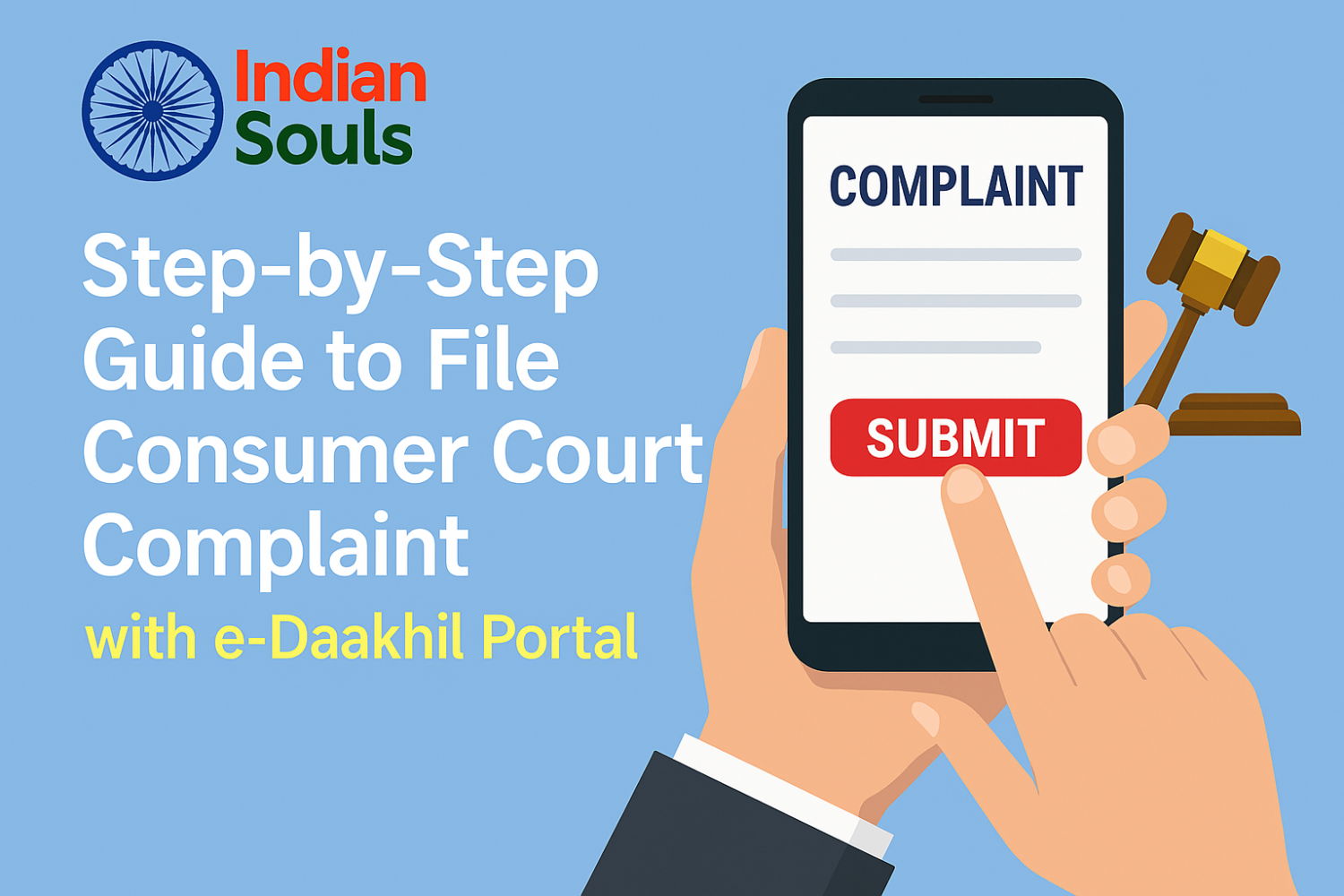
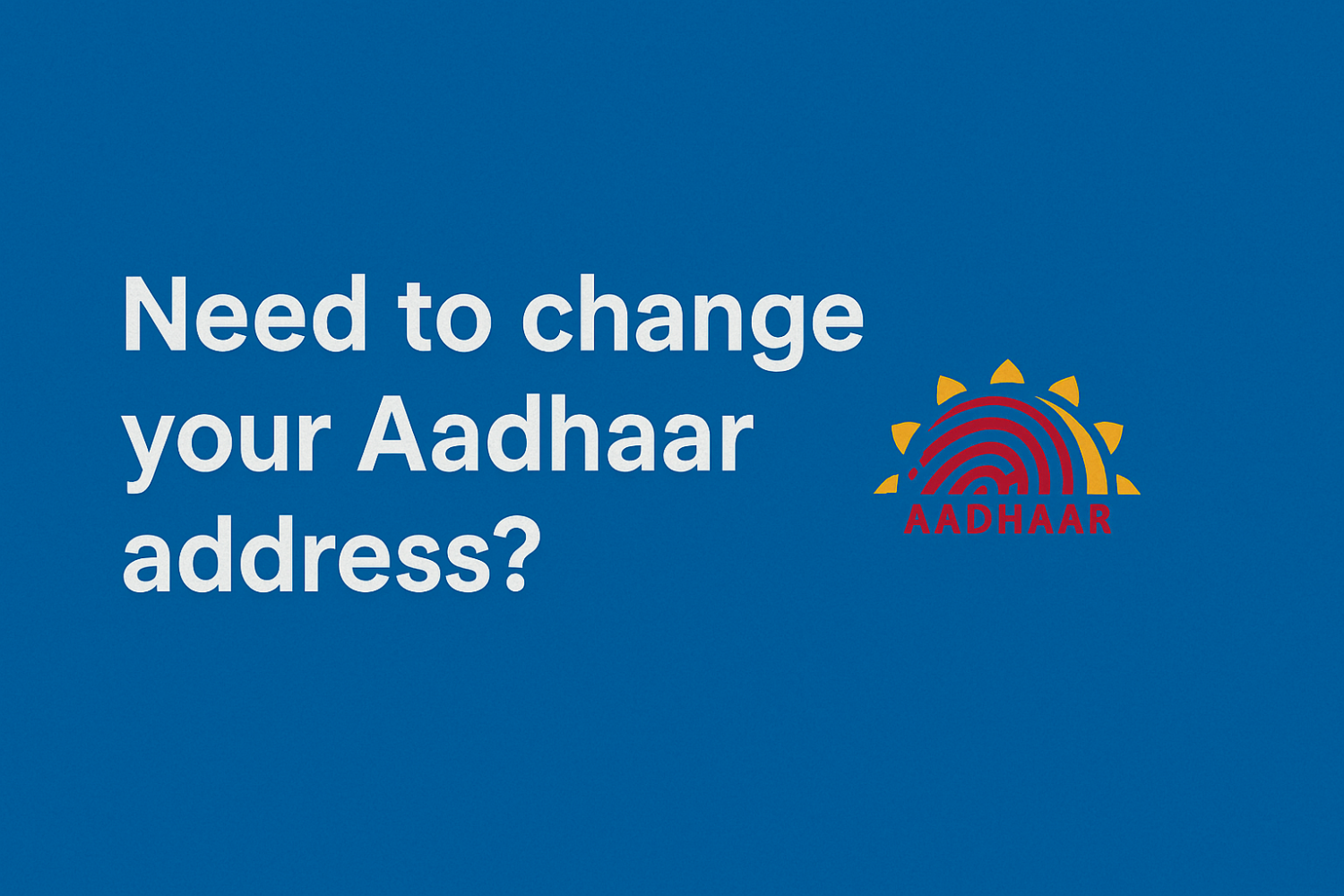
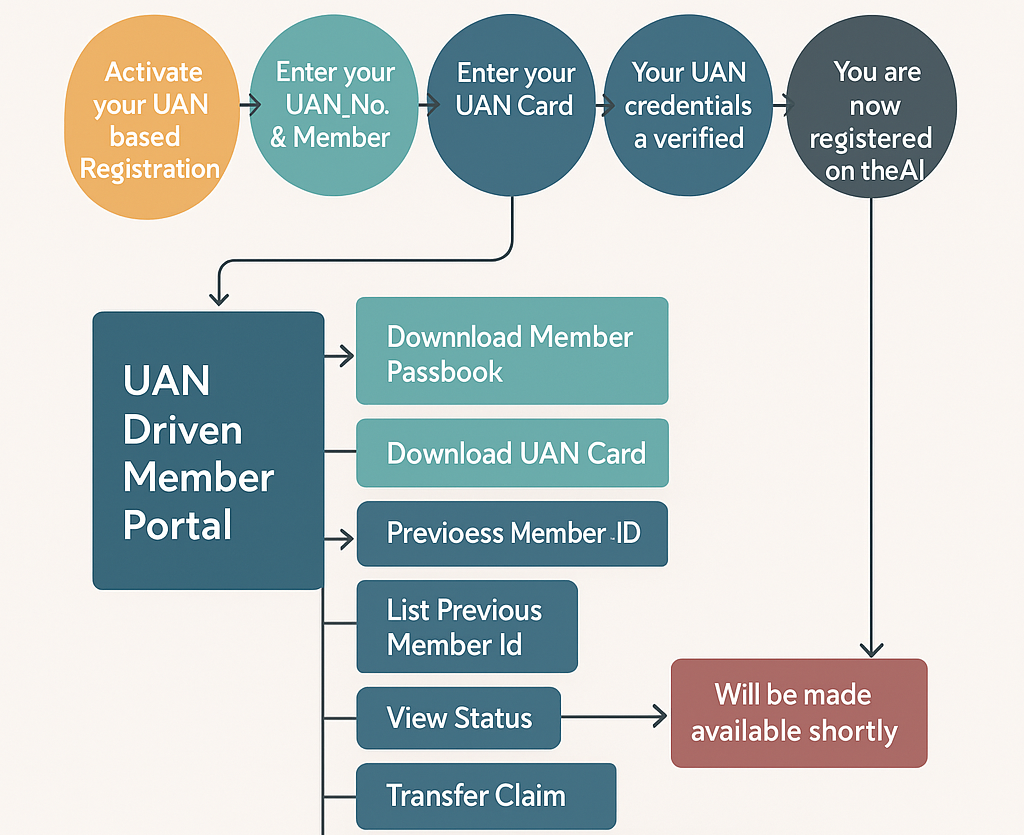


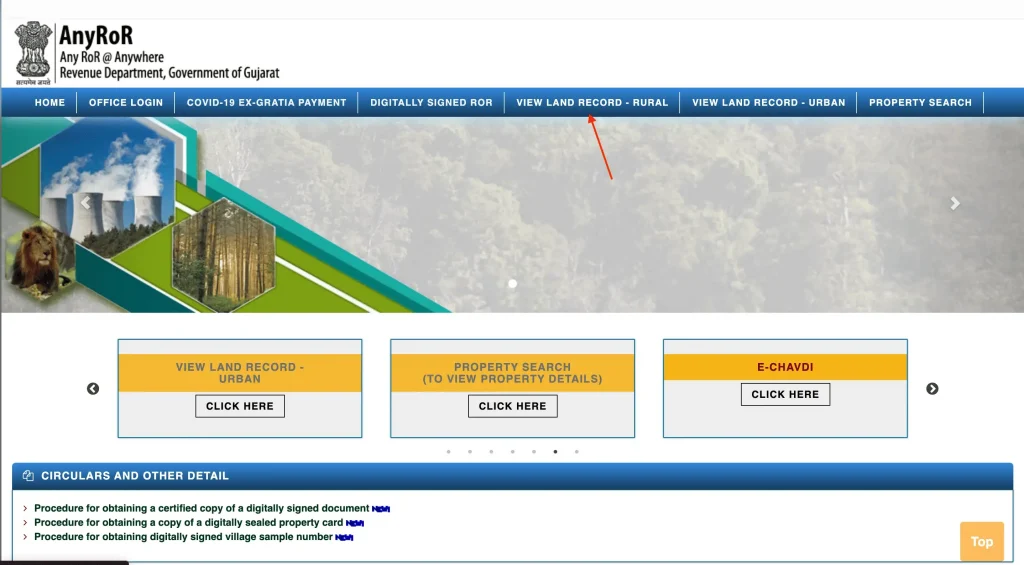
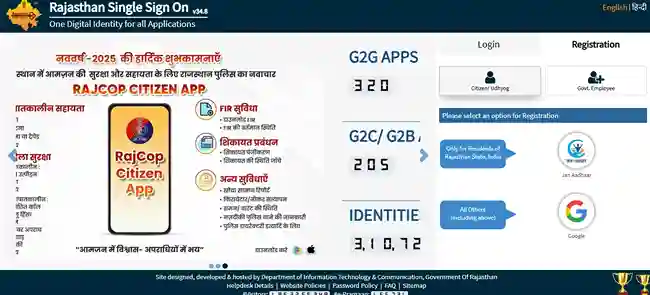

![12 Government Schemes Urban Poor Must Know About [2025 Guide]](https://indiansouls.in/wp-content/uploads/2025/05/image-1.jpg)




